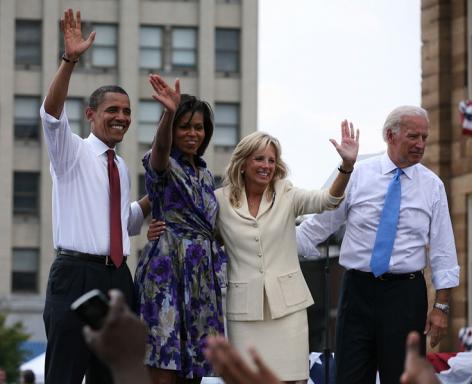USA Today reports on the shocking rise in the number of families who are homeless. The article quotes Philip Mangano, Executive Director of the Washington based U.S. Interagency Council on Homelessness. (see article below)
Philip Mangano created the term “chronically homeless” and is the key architect in directing severely limited Department of Housing and Urban Development (HUD) resources for homeless programs to those that will serve this population. By his definition families with children are excluded from programs targeting the chronically homeless who, by his definition, are single without children. His U.S. Interagency Council on Homelessness also has consistently fought any effort by advocates to expand the Department of HUD’s definition of homelessness to be more consistent with other Federal agencies.
These policies can only exacerbate the serious problems facing homeless families and the organizations attempt to assist them. Advocates who have compromised with the Interagency Council on Homelessness and supported these policies, however reluctantly, must now face the long term consequences of the politics of expediency.
Homeless numbers 'alarming'
By Wendy Koch, USA TODAY
More families with children are becoming homeless as they face mounting economic pressures, including mortgage foreclosures, according to a USA TODAY survey of a dozen of the largest cities in the nation.
Local authorities say the number of families seeking help has risen in Atlanta, Boston, Denver, Minneapolis, New York, Phoenix, Portland, Seattle and Washington.
"Everywhere I go, I hear there is an increase" in the need for housing aid, especially for families, says Philip Mangano, executive director of the U.S. Interagency Council on Homelessness, which coordinates federal programs. He says the main causes are job losses and foreclosures.
Other factors have been higher food and fuel prices hitting families with "no cushion," says Nan Roman of the National Alliance to End Homelessness.
Many mayors have 10-year plans to end homelessness and had reported progress until this year. The most recent official count, in January 2007, found 671,888 people living on U.S. streets or in shelters, down 12% from January 2005.
"We saw family homelessness began to increase last winter," says Sally Erickson, Portland's homeless program manager. "There's definitely a spike in the last six months." The number of requests for emergency shelter doubled from fiscal year 2007 to fiscal 2008, which ended in June.
Darlene Newsom, who runs United Methodist Outreach Ministries' New Day Centers, which provide shelter programs for families in Phoenix, says the number of requests is "alarming." She says families who never sought help before are calling.
Los Angeles says it has no 2008 data. Miami reports no major change. Chicago has not had a surge in requests, but more come from renters evicted because of landlords' foreclosure, says Nancy Radner of the Chicago Alliance to End Homelessness.
USA TODAY found:
• In New York City, 2,747 families applied for shelter in September 2008, up from 2,087 in September 2007.
• In Hennepin County, including Minneapolis, 880 families were in shelters from January through August 2008, up from 698 in that period last year. At least 10% this year came from foreclosed properties where most had been renters, says Cathy ten Broeke, county coordinator to end homelessness.
Dennis Culhane, a University of Pennsylvania professor of social policy, expects foreclosures to cause a "big increase" in homeless families.
Mangano says a new federal law gives communities $3.9 billion to buy foreclosed properties or provide services to the homeless.
http://www.usatoday.com/news/nation/2008-10-21-homeless_N.htm?loc=interstitialskip

















